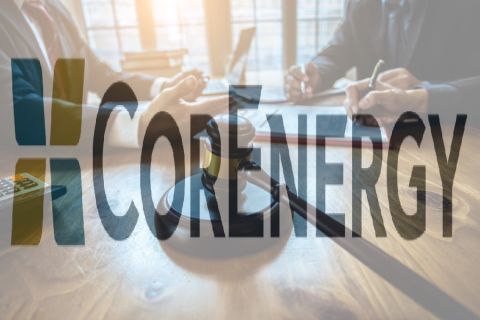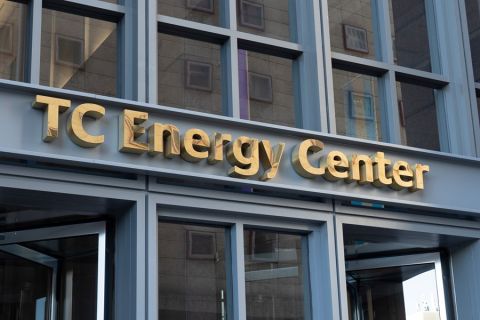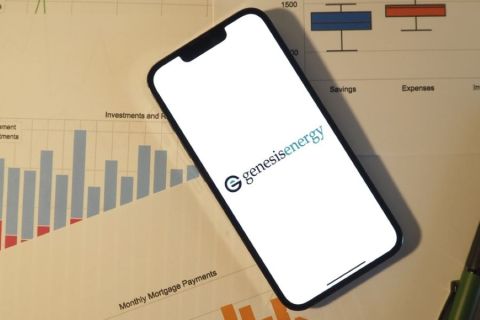CenterPoint Energy launched its green hydrogen project in Minneapolis on June 3, according to a company press release.
The project uses renewable electricity to safely split hydrogen from water, which is then blended at low concentrations with natural gas in the utility's local distribution system.
"CenterPoint Energy is committed to evaluating innovative solutions that reduce carbon emissions and advance a clean energy future," Scott Doyle, CenterPoint's executive vice president of utility operations, commented in the press release. "With this pilot project, we are exploring the potential of green hydrogen as a safe, zero-carbon energy resource that can be delivered through our local gas distribution systems to benefit both our customers and the environment."
The project's 1 MW electrolyzer is powered by renewable electricity and can produce up to 432 kg of hydrogen gas per day, using approximately two gallons of water per minute, which is sourced from the municipal water supply and highly purified before it enters the hydrogen production system.
The primary goal of the pilot project is to gain operational experience with the technology for making green hydrogen and how it can be integrated most effectively into the local natural gas distribution system to lower the carbon content of delivered energy.
The green hydrogen produced by the system is added in low concentrations, up to 5%, to the natural gas in a low-pressure section of CenterPoint Energy's local distribution pipeline system. As a substitute for natural gas that would otherwise be used, the green hydrogen is expected to avoid approximately 1,200 tons of CO2 emissions per year.
CenterPoint Energy is one of the first natural gas utilities in the U.S. to produce and add green hydrogen to its distribution system. Because there are no carbon emissions from either its production or end-use, green hydrogen has the potential to be an important zero-carbon supplement to conventional natural gas.
Last year, the company announced industry-leading enterprise-wide carbon reduction goals. They include achieving net zero by 2035 for direct emissions resulting from the company's own operations and energy use. The company has also made a goal to reduce its Scope 3 emissions by 20% to 30% by 2035.
Recommended Reading
CorEnergy Infrastructure to Reorganize in Pre-packaged Bankruptcy
2024-02-26 - CorEnergy, coming off a January sale of its MoGas and Omega pipeline and gathering systems, filed for bankruptcy protect after reaching an agreement with most of its debtors.
TC Energy Appoints Sean O’Donnell as Executive VP, CFO
2024-04-03 - Prior to joining TC Energy, O’Donnell worked with Quantum Capital Group for 13 years as an operating partner and served on the firm’s investment committee.
Genesis Energy Declares Quarterly Dividend
2024-04-11 - Genesis Energy declared a quarterly distribution for the quarter ended March 31 for both common and preferred units.
TPG Adds Lebovitz as Head of Infrastructure for Climate Investing Platform
2024-02-07 - TPG Rise Climate was launched in 2021 to make investments across asset classes in climate solutions globally.
Sherrill to Lead HEP’s Low Carbon Solutions Division
2024-02-06 - Richard Sherill will serve as president of Howard Energy Partners’ low carbon solutions division, while also serving on Talos Energy’s board.





